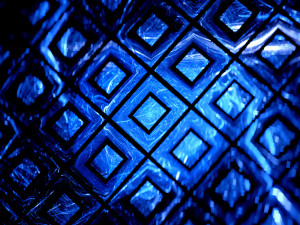
MapD Upgrades GPU-Based Database Performance

(sakkmesterke/Shutterstock)
The latest version of MapD Technologies’ flagship database and visualization platform reemphasizes GPU acceleration as a means of scaling data volumes and boosting query performance to “hundreds of billions of rows.”
The version 3.0 release of MapD’s GPU-based Core database and Immerse visual analytics incorporates greater SQL functionality along with native Open Database Connectivity (ODBC), the open source API standard for accessing databases. The distributed architecture is designed to enable larger data volumes and faster queries across multiple servers, particularly GPU-enabled servers.
The release also includes a native ODBC driver that enables connections to third-party tools such as Tableau Software’s (NYSE: DATA) visualization tools.
Analysts note that scaling multiple GPU-enabled servers should help drive real-time analytics. They noted that MapD demonstrated linear scale-out as more servers are added.
San Francisco-based MapD reported last month it more than doubled its venture-funding total to just over $37 million with the close of its latest investment round led by New Enterprise Associates. The startup uses Nvidia’s GPUs to run enterprise applications that include machine learning and numerical computations.
MapD Technologies emerged in 2013 out of research at the MIT Computer Science and Artificial Intelligence Laboratory. Other investors include Nvidia (NASDAQ: NVDA) Verizon Ventures (NYSE: VZ) and In-Q-Tel, the CIA’s venture funding arm.
The latest edition of MapD’s analytics and visualization platform is available immediately for on-premise and cloud customers.
The startup contends its GPU approach outperforms even large clusters of CPU-only analytics platforms. MapD CEO Todd Mostak has argued that current CPU-based approaches won’t scale as new requirements grow for merging streamed data and historical analysis extending out to 90 days.
“We’re compressing the data, so you can have many, many billions of rows in that GPU memory,” Mostak explained.
Others have noted that GPU technology is steadily unclogging bottlenecks associated with SQL databases.
Recent items:
Investors Bullish on GPU-Based Database Startup
GPUs Seen Lifting SQL Analytics Constraints


























